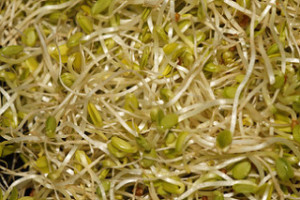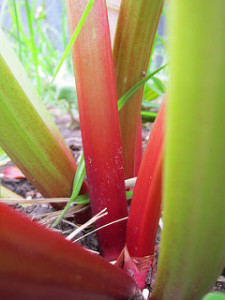The best way to get fresh, healthy, and cheap strawberries is to learn how to plant and grow them at your home. Planting strawberries can really be a good idea because aside from the nutritional benefit of this fruit, strawberries can also be nice decorative pieces in your garden.
If you are planning to grow strawberries at home, then here are some tips that you might want to consider:
- Choose the type of strawberry – the thing with strawberries is that you can choose from a wide variety of it.
Strawberries are very easy to grow, but they do have several requirements that include space, climate, and more. Choosing the type of strawberry should also be determined to the way you want to use it. For instance, if you plan on making preservatives out of it, then you might want to choose the small type of strawberry that bursts with flavor, which is called the Alpine strawberry. To better know the type of strawberry that you want to plant, speak with a local farmer or better yet, do a separate research about the different types of strawberries available.
- Re-potting – if you are planning to buy the potted seedlings, you may do so. That way, you are kind of doing the shortcut, which is okay, because you want to make sure that the plant has already grown. However, you should remove the plant at once and plant it or re-pot it, so that the plant will grow healthy, will have vigor, and produce more fruits as well.
- Nurturing – as your strawberry plants grow, make sure that no disease is attacking it, which can prevent it from producing fruits. Check on the leaves for any damages like spots or withering. The leaves, ideally, should be vibrant green. The roots should also be abundant and light. Fungus often attack strawberry plants. If you do not want to have problems with this, you might want to spend a little more on your seedlings, to purchase strawberry plants that are treated to resist fungus and other diseases that can kill the plant.
- Growing the strawberries – the nice thing about strawberries is that you can grow them in your yard or even in containers. But make sure to give them proper sunlight, because this is what they want. If in case you live in an area that is cold, you might want to consider planting your strawberries in a container, so you can move them in a warmer area like the indoors.
- Harvest time – harvesting strawberries is easy. You can snip it, or just pull the fruit by hand. It is easy to tell when the strawberries are ready for harvesting. If it’s red all over, then this is already a good sign that your strawberries are ready for the pick!
As you can see learning how to grow strawberries at home is rather simple. There isn’t many things better than a fresh picked strawberry that you grew in your own garden.
image courtesy of sigusr0/flickr
 Strawberries are very easy to grow, but they do have several requirements that include space, climate, and more. Choosing the type of strawberry should also be determined to the way you want to use it. For instance, if you plan on making preservatives out of it, then you might want to choose the small type of strawberry that bursts with flavor, which is called the Alpine strawberry. To better know the type of strawberry that you want to plant, speak with a local farmer or better yet, do a separate research about the different types of strawberries available.
Strawberries are very easy to grow, but they do have several requirements that include space, climate, and more. Choosing the type of strawberry should also be determined to the way you want to use it. For instance, if you plan on making preservatives out of it, then you might want to choose the small type of strawberry that bursts with flavor, which is called the Alpine strawberry. To better know the type of strawberry that you want to plant, speak with a local farmer or better yet, do a separate research about the different types of strawberries available. below:
below: expensive spices in the world. Buying a small packet of it is like buying a barrel of black pepper. So if you enjoy Mediterranean dishes or any dish that uses saffron, then you might want to learn how to grow saffron instead, so that you can save money from this expense.
expensive spices in the world. Buying a small packet of it is like buying a barrel of black pepper. So if you enjoy Mediterranean dishes or any dish that uses saffron, then you might want to learn how to grow saffron instead, so that you can save money from this expense. will you settle for roses in bouquets that can only last for days, when you can just grow them in your garden and enjoy them for months?
will you settle for roses in bouquets that can only last for days, when you can just grow them in your garden and enjoy them for months? them with better chance of success, you can grow them by the crowns instead. You can buy rhubarb crowns from garden supply stores, nurseries, or even from independent vegetable growers online.
them with better chance of success, you can grow them by the crowns instead. You can buy rhubarb crowns from garden supply stores, nurseries, or even from independent vegetable growers online.